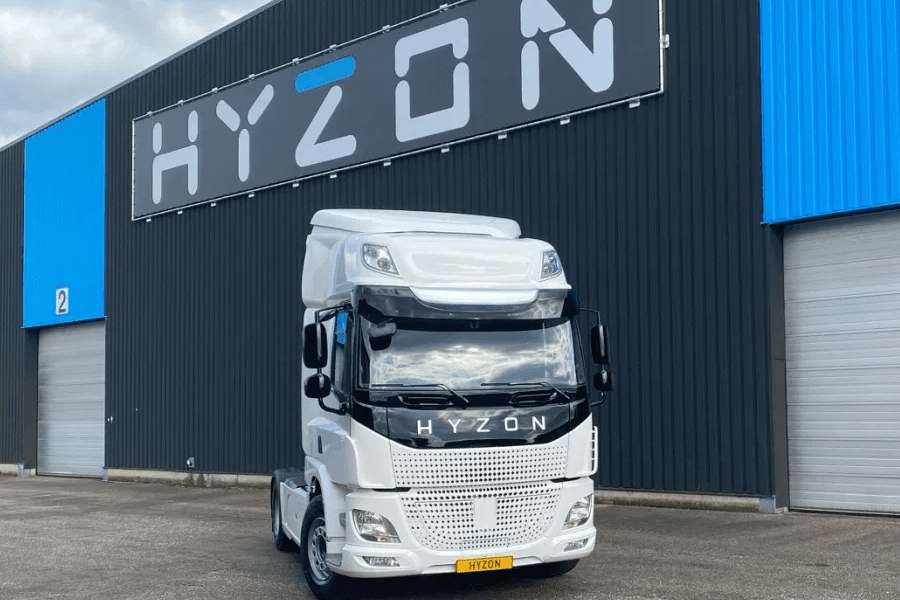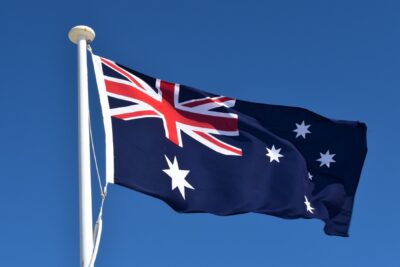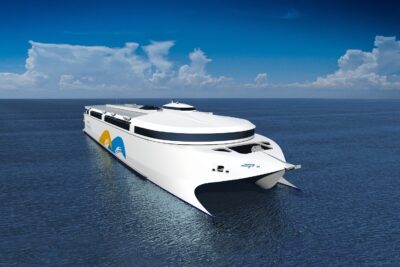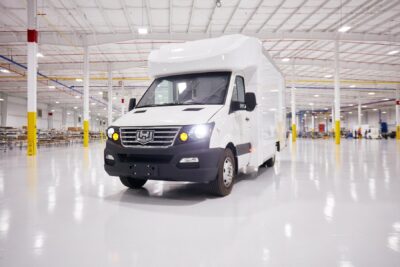Hyzon to withdraw from Europe & Australia
This step is being taken due to “the difficult market conditions in Europe and Australia”, according to a company statement. This primarily refers to the discontinuation of subsidy programmes for hydrogen vehicles – including in Germany, for example. Compared to North American efforts to accelerate the transition to hydrogen and the introduction of emission-free fuel cell technology, government support for fuel cell vehicles in Europe and Australia has waned, according to Hyzon.
The move was preceded by an internal reassessment of activities in the individual markets. After weighing up the options, the decision was made to discontinue operations in the Netherlands and Australia. Hyzon initially launched in Europe in 2020 as a joint venture partner with Holthausen Clean Technology – after the separation at the end of 2022, Hyzon took over the European business on its own. The assembly plant in Winschoten in the Netherlands is therefore on the verge of closing.
Hyzon currently intends to “maintain the potential to return to the European and Australian markets as a fuel cell system supplier to Original Equipment Manufacturers (OEMs)”. In other words, the withdrawal is not final. If a new investigation reveals better conditions, Hyzon could imagine a return.
Hyzon CEO Parker Meeks speaks of a “complex and difficult decision”. “I would like to express my utmost gratitude to our dedicated European and Australian teams who have tirelessly worked toward advancing the hydrogen transition,” he said. “Given the challenges of bringing new technology to market in an emerging industry, we believe we need to focus our efforts on the North American market and refuse industry as well as overseeing our large fleet trial programs which commence this summer.”
The withdrawal is expected to cost a total of 17 million US dollars, of which Hyzon expects to pay seven million dollars in cash. A further seven million dollars is attributable to non-cash inventory write-downs. The company expects to bear these costs in the second and third quarters of 2024 and to make the corresponding cash payments in the third and fourth quarters of 2024.





0 Comments